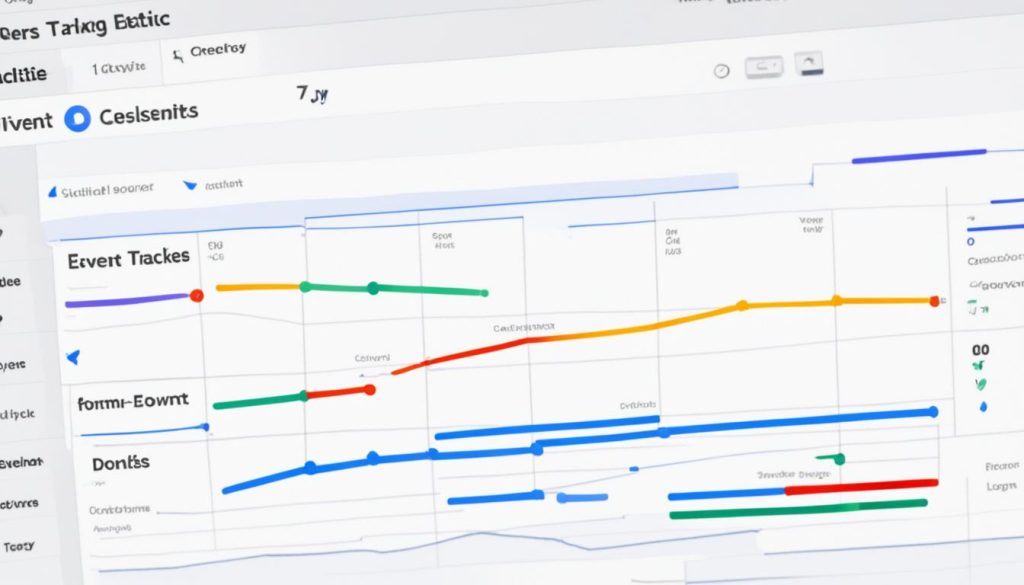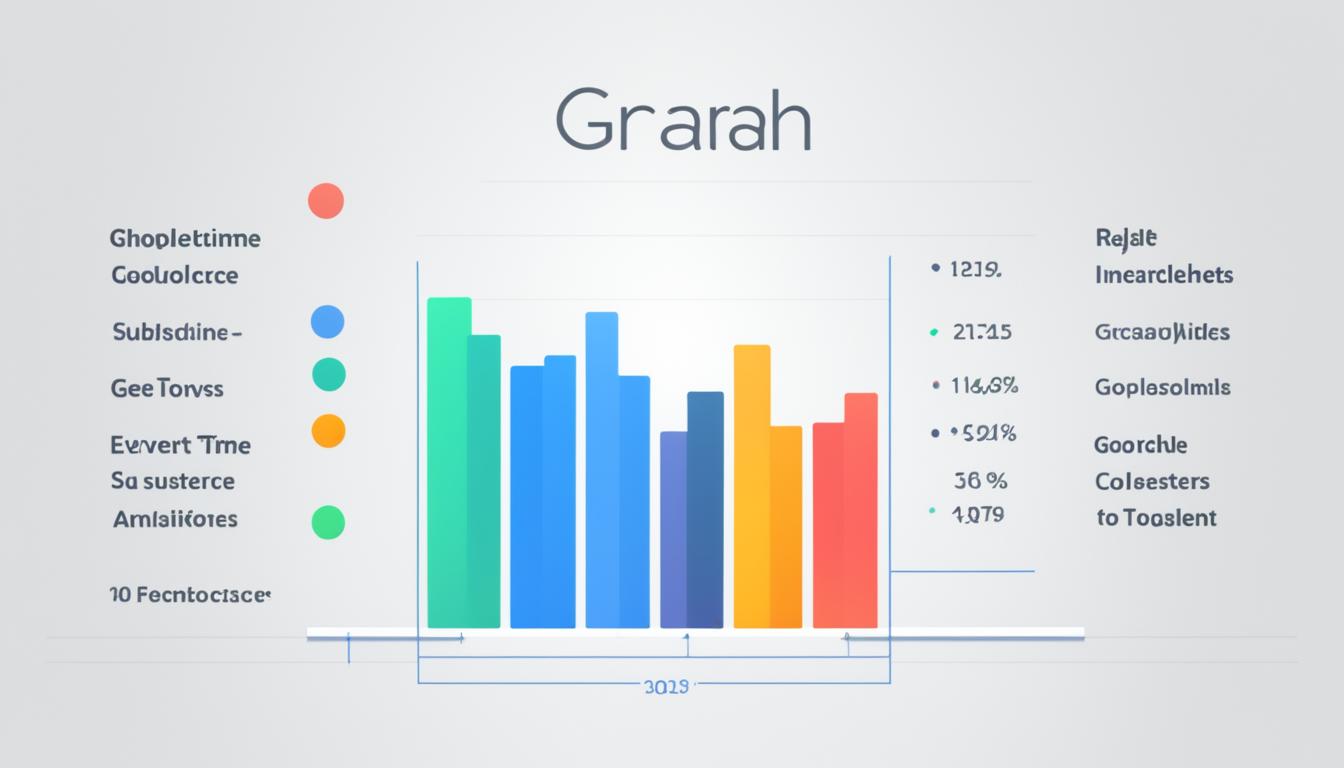What is event count in Google Analytics? Event count is a key metric in Google Analytics. It tracks how often users interact with your website’s elements.
This info helps you see how your audience connects with your content. It lets you make your site better for more visitors and higher conversion rates.
Google Analytics tracks many user actions, like button clicks and video plays.
By looking at event count, you can see what actions your visitors like most. This helps you decide on your content and how to improve the user experience.
It doesn’t matter if you run a small business, work in marketing, or build websites. Knowing about event count in Google Analytics is key. It helps you boost your online presence and get the most from your digital marketing.
What is Event Tracking in Google Analytics
Google Analytics has a feature called event tracking. It lets you track specific actions on your website.
This is different from just counting how many times a page is visited. Event tracking shows how users interact with your content.
The Importance of Event Data
Tracking events like button clicks and video plays gives you insights into what users do.
This info helps you make your site better and get more conversions. It shows you where to improve and how to market better.
Event Tracking vs. Pageview Tracking
Pageview tracking is good for seeing who visits your site. But event tracking in Google Analytics goes deeper.
By using event category, action, and label values, you can see specific actions. This helps you find problems, improve funnels, and make smart choices for your site.
What is Event Count in Google Analytics?
The event count in Google Analytics shows how often a certain action happens on your site.
It’s key for knowing which actions get the most attention. This helps you see what’s working and what needs more work.
With google analytics 4 event tracking and firebase analytics event tracking, this count is very important.
It tells you how people interact with your online stuff. It tracks things like button clicks, video views, or form fills.
![]()
Looking at your event count helps you see what’s popular and what keeps people coming back.
You can make your site better and get more people to do what you want them to do. This is key for anyone who wants to make their online stuff better.
How Configure Event Tracking in Your Website
To start setting up event tracking in google analytics, you need to set it up on your website.
You must define what actions you want to track, like button clicks or video plays.
Use event category action label value in google analytics to organize and analyze your data better.
Event categories are the main types of events. Actions tell us what happened, and labels give us more details.
Proper setup of google tag manager event tracking helps you collect the right data. This way, you can make smart choices about your website’s performance.
How to Set Up Event Categories, Actions, and Labels
When setting up event tracking in google analytics, it’s key to define your event categories, actions, and labels well.
Categories should group your events broadly, like “Clicks” or “Signups.”
Actions should detail the exact actions, like “Click on ‘Learn More’ button” or “Submit contact form.” Labels add more detail, like the page URL or content type.
By structuring your event category action label value in google analytics well, you get deep insights into how users interact with your site.
This helps you make choices to improve your site and user experience.
How to Present Event Data in Google Analytics
After setting up event tracking on your site, you can dive into Google Analytics. This tool gives you lots of info to understand how users act and improve your site.
By measuring events in google analytics, you learn how often events happen, where they happen, and what actions cause them.
Looking at the event hit type in google analytics shows you patterns in how users interact with your site.
You might see a call-to-action button gets a lot of clicks or users drop off at a certain checkout step.
This info helps you see what’s working and what needs work.
With tracking custom events in google analytics, you get to know more about how users behave and engage with your site.
This info helps shape your content, design, and marketing. It lets you make choices based on data to boost engagement and sales.

Understanding event data in Google Analytics takes attention to detail and a willingness to try new things. By digging into the data, you can spot chances to make your site better and give users a better experience.
Best Practices for Event Tracking
To get the most from your google analytics event tracking, follow best practices. Define your event goals clearly.
Use the same names for event categories, actions, and labels. Check and improve your event tracking often. This way, you collect data that helps improve your website.
Common Use Cases for Event Tracking
Google analytics and tag manager use cases include tracking video views, downloads, and call-to-action success.
They also track user behavior on forms and during checkout. This data helps improve your website and user experience.
Setting up event tracking right is important for good data. It should be accurate and useful. By doing it well, you get insights that can really help your business.
Conclusion
Event count is key in Google Analytics. It shows how users interact with your site. By looking at event data, you can improve your content and marketing. This leads to more engagement and sales.
Make sure to set up your event tracking right. Follow the best ways to do it. Check your data often to find ways to get better.
Knowing about what is event count in google analytics and measuring events in google analytics helps you boost your site’s performance.
Using google analytics event tracking helps you make smart choices. It makes your online presence stronger.
By keeping an eye on your data, you can always improve your strategies. This makes sure your site does its best.





